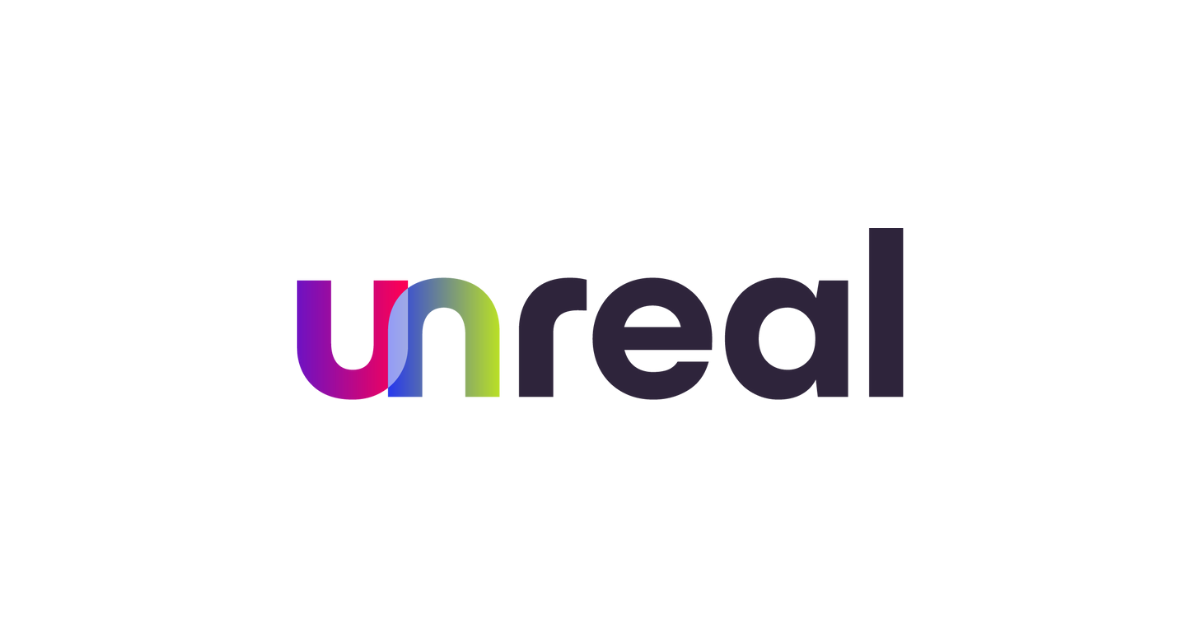Email Marketing — Everything Old Is New Again
As we listened to a partner talk about technical capabilities, his voice dropped off when his phone’s Bluetooth shifted from his device to his wife’s as she pulled into their garage — picking up a conversation between his wife and children.
And as another executive was discussing next quarter’s strategy, her young daughter approached her while she was in a full-screen view, sharing exciting news about a toy that was found.
We all laughed, comfortably, and understood that this is just the way things are now — blurred lines between home and work life.
Now, my business partner, Dana, and I often talk about authentic B2B marketing and how marketers need to communicate with buyers as people, not businesses. And with this new fluid work-from-home (WFH) dynamic, people are pivoting between doing house chores, writing an executive brief, launching a Zoom meeting for their children’s online classes, and working on team QBRs — all before lunch. This means that even though we have a captive audience, that audience is also juggling to keep both their home and work lives as balanced and structured as possible. So, marketing messages need to reflect communication between people. Let’s talk to each other as HUMANS — H2H rather than B2B and B2C.
In that human communication and connection lies an opportunity to evolve our B2B marketing and, in particular, email campaigns.
The rise of email engagement
The new reality — “business as usual” — is not so usual anymore. As companies take a look at shifting priorities and initiatives, campaigns that may have worked in the past now need to be adjusted to fit audience needs. For example, direct mail is more difficult to execute because we can’t send pieces to business offices, and we don’t have the home addresses of our customers and prospects. Telemarketing is also hard — we only use business phone numbers, so we can’t connect with customers and prospects who are working from home.
Now what? The next best line of communication is email. We’ve seen a growing trend in email use across most of our clients, with the exception of dips during the month of March due to stay-at-home orders and WFH migrations.
And according to eMarketer, 26% of US adults rely on email as the main communication method while working from home. Because email is a widely used form of communication and also very customizable, marketers are finding that integrating interactive components like video or personalized and friendly messages is proving that email is valuable and essential for communicating with customers and prospects.
The messaging that’s memorable during coronavirus
An ongoing market research study by global consumer research firm Kelton is designed to better understand changing attitudes and behaviors of buyers, and concludes that during this time of “transient normal,” individuals are more open to messages that are received at a human-to-human level of communication.
In addition, the research shows that consumers prefer to engage with companies that they’re familiar with and communicate comforting messages over companies that are doing new and interesting things.
Since buyers may not be attracted to bright and shiny objects during this time, adjusting email messaging is critically important. Here lies the opportunity for all brands to develop an authentic dialogue with customers and prospects, so human-to-human communication has never been more relevant.
Using intent data to enhance email campaigns
It’s always been imperative to map messages to the customer journey when targeting specific accounts and creating nurture streams, but we don’t always know where customers are in the journey — posing a challenge in email campaigns.
But if we take a look at the data of customer and prospect website visits and their use of search engine keywords, we can gain a more accurate view of the customer journey and how audiences start online searches. This is known as buyer intent data.
By using buyer intent data, we can target buyers of particular companies by using tailored messages and content that match their search history, leading to more engaging and effective communication during earlier stages of the buying process.
Clients who are testing and using buyer intent data to help direct email campaigns are seeing improvements in click-through rates compared to past campaigns. Companies are also claiming that using the right intent data can provide a 2x–5x increase in landing page conversions.
Applying insights from buyer intent data while delivering relevant and personalized messaging to a captive audience is helping email marketers to build relationships in a way they haven’t been able to before.
Future opportunities in email marketing
New doors are opening for email marketers, and these doors will continue to open. The opportunity to use buyer intent data, artificial intelligence, and machine learning is becoming more widely available in all industries, and companies are ready and willing to jump on board to make marketing processes and systems smarter.
From interactive and personalized messages to e-gifting, emails have uncapped potential in reaching target audiences. Having the right partners and knowledge of trends and technology will help your company evolve existing email campaigns, and working with an outside team like Unreal Digital Group can help you achieve this.
Contact us if you have any questions or would like to learn about creating more engaging emails. And, be sure to follow us on Twitter, LinkedIn, and Facebook so you don’t miss out on additional strategies and insights.

